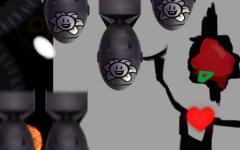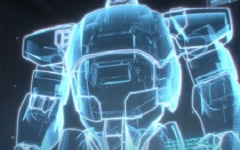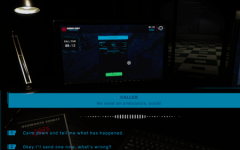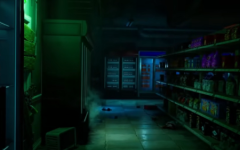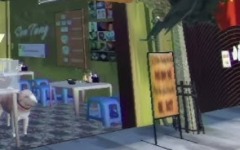Advertisement
Terror
Advertisement
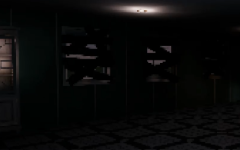
Terror places the player in a confined, unpredictable environment where survival depends on observation and decision-making. The game begins without a detailed introduction, offering only fragments of context through environmental cues. The player is left to explore a space filled with limited light, distant sounds, and locked areas that require careful inspection. Progress is made through trial, error, and interpretation of subtle changes in the environment. The game’s design encourages slow pacing and consistent attention to surroundings.
Shifting Environment and Exploration
Movement through the world of Terror is non-linear. The player must revisit previously explored areas as new tools or information become available. Each zone is filled with objects that may or may not serve a purpose, requiring judgment calls about what to focus on. Lighting changes, sound patterns, and visual glitches are used to signal progression or danger. In some segments, the game removes direct control or alters visual perception, forcing the player to adapt under stress.
Main Features and Player Actions
As the experience unfolds, the player must engage with several core mechanics:
- Finding and interpreting coded messages
- Unlocking access points using environmental hints
- Managing limited-use tools or items
- Avoiding unseen threats based on audio cues
- Observing changes in repeated routes or rooms
These features work together to create a dynamic system where each new area raises uncertainty rather than resolving it.
Interpreting Signals and Patterns
Terror avoids conventional storytelling and instead relies on emergent narrative. Players piece together what happened through incomplete fragments like scribbled notes, distorted audio, and damaged objects. Patterns across locations suggest a larger structure or purpose, but no singular perspective is provided. Instead, the player builds an individual understanding based on the order and context of their discoveries. This nonlinear delivery results in a uniquely personal experience where conclusions vary.
Progress Under Pressure
Time is rarely presented as a visible countdown, yet the game sustains tension through atmosphere and unpredictability. Some sections include loops or false endings that test the player’s attention and memory. Others require backtracking under altered circumstances that may feel disorienting. Terror rewards careful examination and discourages rushing, pushing the player to approach each new space with caution. By combining environmental storytelling with minimal guidance, the game presents a self-driven structure where every choice influences how the story unfolds.































































































































